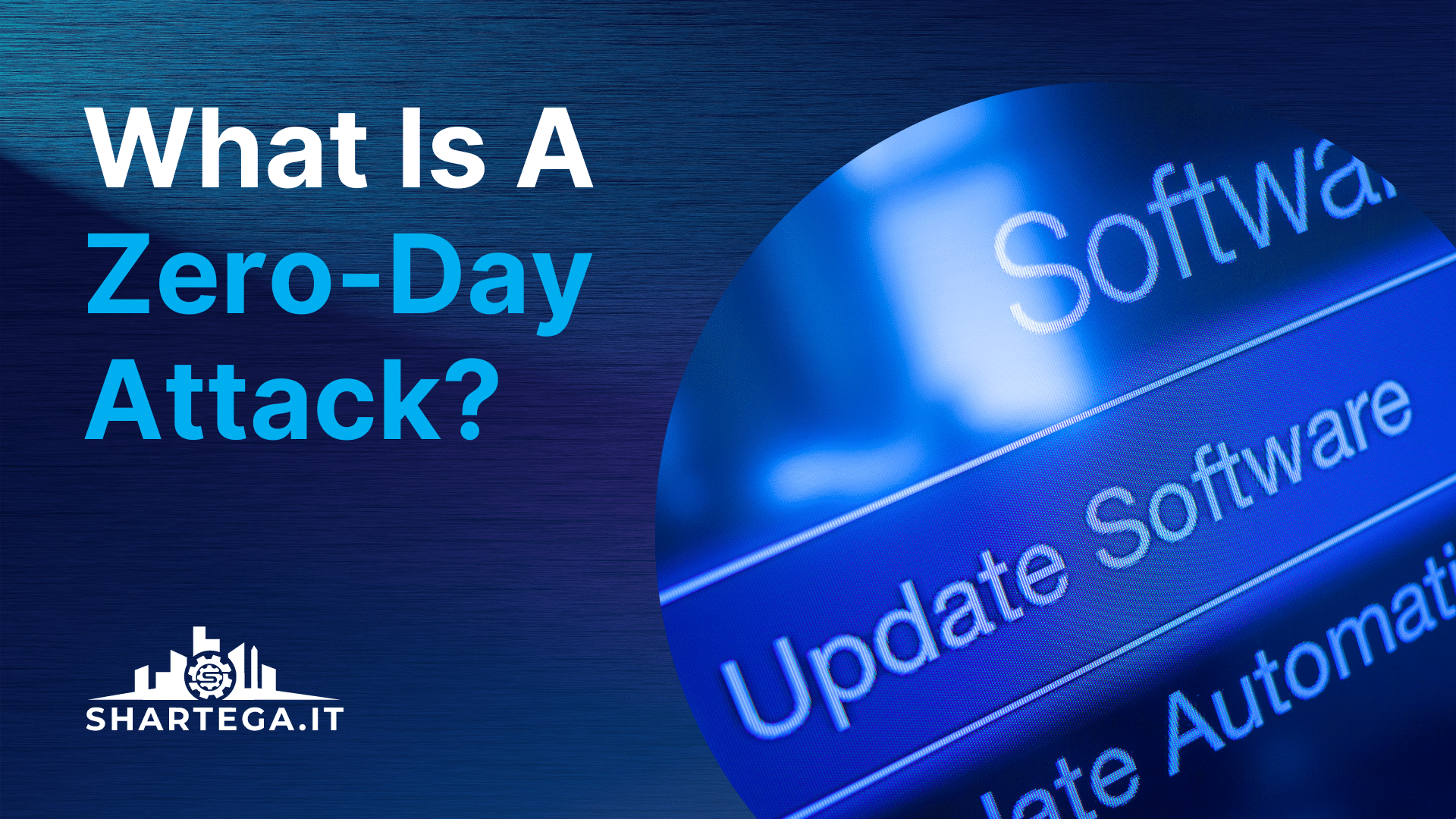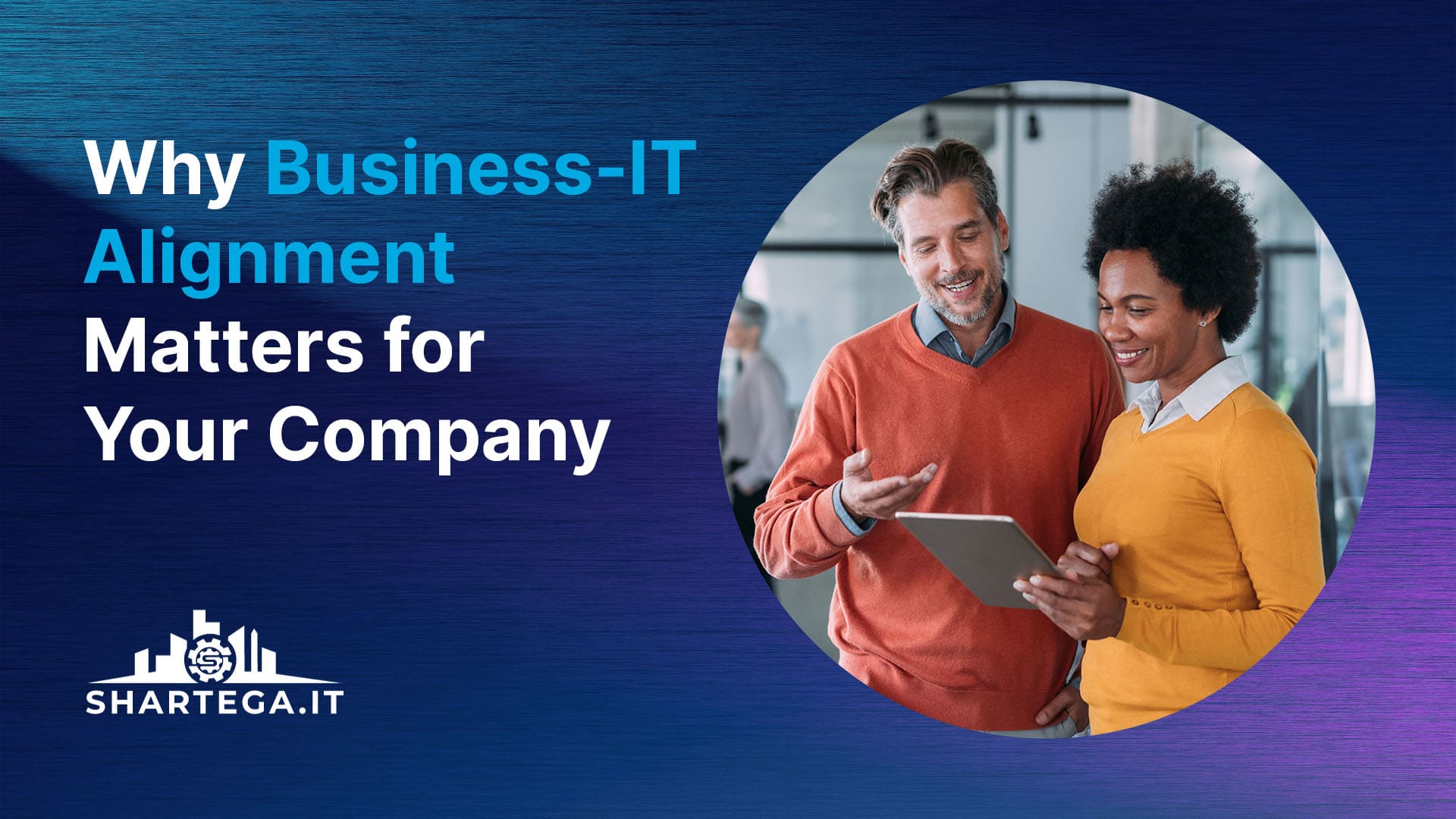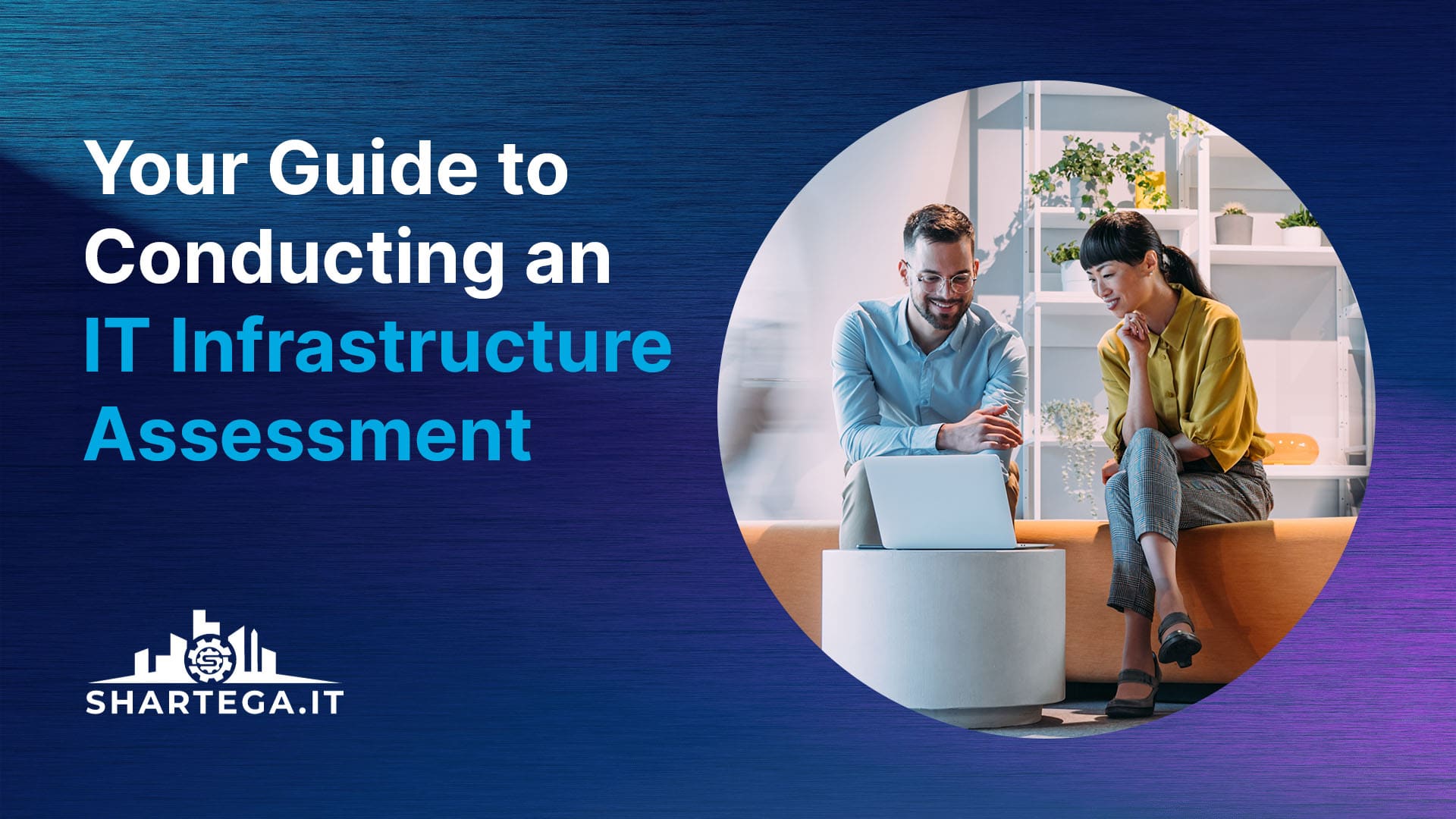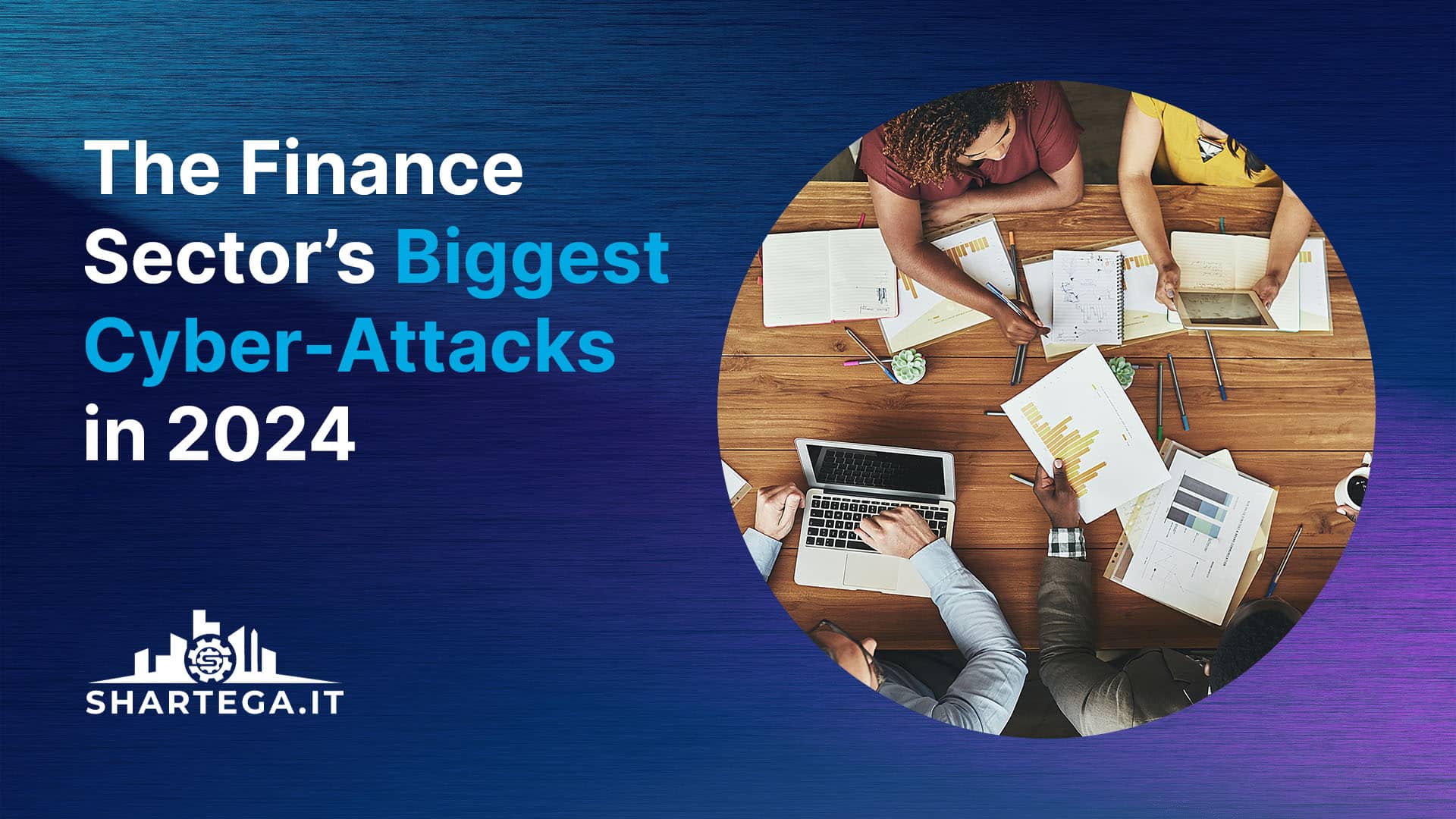Almost everyone knows what a cyber attack is, but a zero-day attack might be something you are unfamiliar with. A zero-day attack is a cyber attack that infiltrates devices and servers through unseen weaknesses in newer software and software updates. More specifically, when a company updates any server, electronic device or computer system, there is a risk of potential breaches in vulnerable areas within the update.
Where Does The Name Come From?
A zero-day attack is a type of cyberattack that exploits software vulnerabilities that are unknown to the software developer or vendor. The name comes from the time between when a vulnerability is uncovered and when a patch is issued. Zero-day attacks can be used to target users, businesses and government agencies. They are particularly effective because most of the time, the victim has no idea they have been compromised until it’s too late.
Who Does The Attacking?
There are several different types of cyberattackers. Some of the most common include:
Script kiddies: Script kiddies are amateur hackers who use other people’s code in their attacks. They don’t have any real experience and usually just copy other attacks from the web.
Hacktivists: Hacktivists use hacking to achieve political or social goals. This can include anything from exposing government secrets or shutting down websites in protest.
Cybercriminals: Cybercriminals are criminals who use hacking to commit crimes such as identity theft, fraud and extortion.
Nation-state actors: Nation-state actors are governments who use cyberattacks to gain intelligence or steal information from other countries.
Famous Zero-Day Attacks
- The infamous Stuxnet worm, which was reportedly used by the U.S. government to sabotage Iran’s nuclear program, was first discovered in 2010. The worm contained two zero-day exploits: one for Windows Vista and another for Windows XP SP2/SP3.
- Sony Pictures Entertainment, 2014: The hack was carried out by a group of hackers calling themselves “Guardians of Peace” (“GOP”). The hackers released emails and sensitive information about Sony employees and other individuals connected to Sony.
How To Protect Yourself And Your Company From These Attacks
Best practices for preventing zero-day attacks include:
- Using up-to-date endpoint protection software on all devices, including mobile phones and tablets
- Keeping your operating system updated with the latest security patches as soon as possible after release
- Using strong passwords for all accounts with access to sensitive data
- Have an incident response plan in place for dealing with a cyber attack in an organized way
- Automate patch installation across your environment so that it happens without requiring manual intervention
Takeaway
Most zero-day attacks target businesses and government agencies, so if you are a company that’s concerned about security, then it’s important to understand these types of cyberattacks. Right alongside the developers and researchers, your IT provider wants to ensure that there are no zero-day threats within the system or servers of the companies they protect.
Step Up Your IT Game.
If you’re trying to run a business but you don’t want to deal with the IT part, that’s where we come in! Shartega IT is a managed IT service provider (MSP) that can provide you with the IT essentials you need from day one at a flat-rate monthly subscription price. Our services include a 24/7 help desk team, network monitoring, hardware and software procurement, breach detection, cloud backups, and more. To learn more or schedule a meeting with us, click below.





